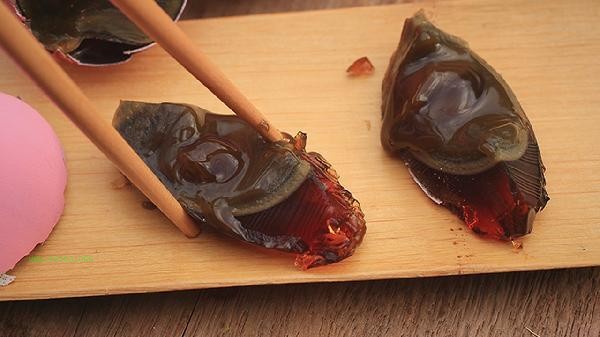After dissolution, human fibrinogen can usually be stored for 24 hours under refrigeration conditions at 2-8 ℃. The actual storage time is affected by factors such as dissolution method, storage conditions, additive type, initial concentration, and whether it is packaged or not.

1. Dissolution method: When dissolving freeze-dried powder, sterile injection water or physiological saline should be used. Severe shaking can cause protein denaturation and shorten the shelf life. Recommend slow rotation for dissolution. If flocculent material appears after dissolution, it should be used immediately.
2. Storage conditions:
must be strictly protected from light and refrigerated, as temperature fluctuations can accelerate degradation. Laboratory grade medical refrigerators are more stable than household refrigerators. After opening, they need to be sealed and stored to avoid microbial contamination. Repeated freezing and thawing will significantly reduce their activity.
3. Effects of additives:
Adding 5% human serum albumin can prolong stability to 72 hours, while anticoagulants such as heparin sodium can alter the polymerization characteristics of fibrinogen. There are significant differences in stabilizer formulas among different brands, and specific product manuals should be referred to.

4. Concentration factor:
High concentration solution>20mg/ml is easier to form gel than low concentration solution, and 3-5mg/ml working solution is commonly used clinically. Packaging into single use quantities can reduce the risk of contamination caused by repeated use, and it is not advisable to merge them again after packaging.
5. Activity monitoring:
Before use, the solidification time needs to be tested. If it is extended by 15% from the initial value, it indicates a decrease in activity. The thromboelastography instrument can quantitatively evaluate its function, and any visible sediment or discoloration must be discarded. For situations that require long-term storage, it is recommended to divide the dissolved sample into sterile EP tubes, add a final concentration of 10% glycerol, and place it at -80 ℃ for deep freezing, which can maintain activity for 3-6 months. Dry ice should be used to maintain the low-temperature chain during transportation, and the 37 ℃ water bath should be controlled within 10 minutes during reheating. Regular coagulation function testing is more reliable than relying solely on shelf life, and laboratories should establish a complete temperature monitoring and recording system. During clinical use, it is necessary to take it out of the refrigerator and equilibrate it to room temperature 30 minutes in advance to avoid discomfort at the injection site caused by low temperatures.









Comments (0)
Leave a Comment
No comments yet
Be the first to share your thoughts!